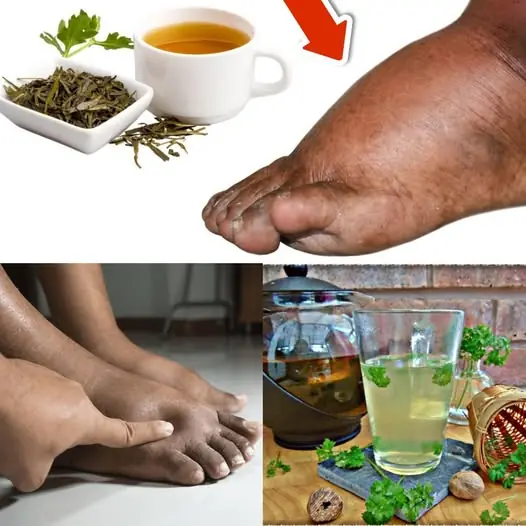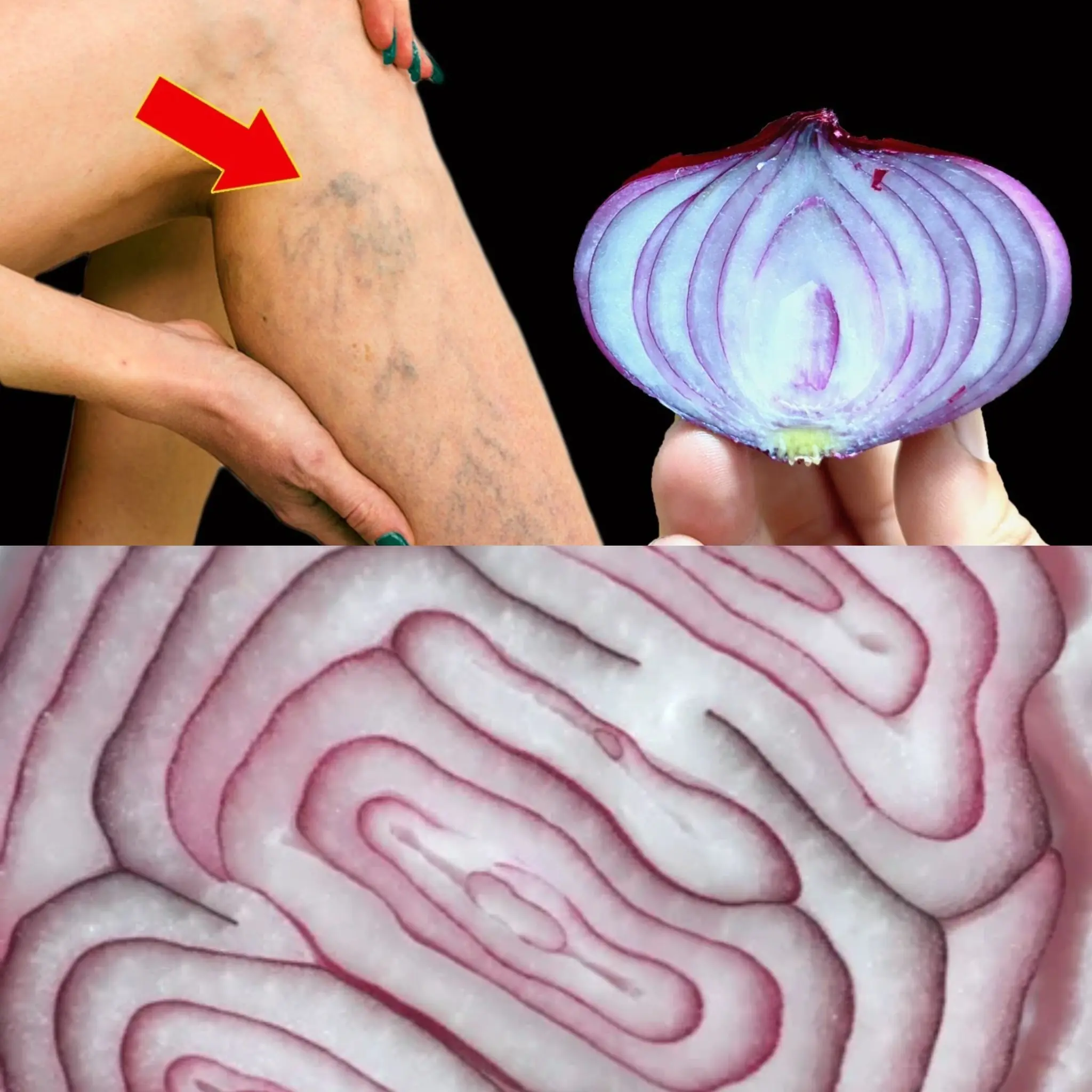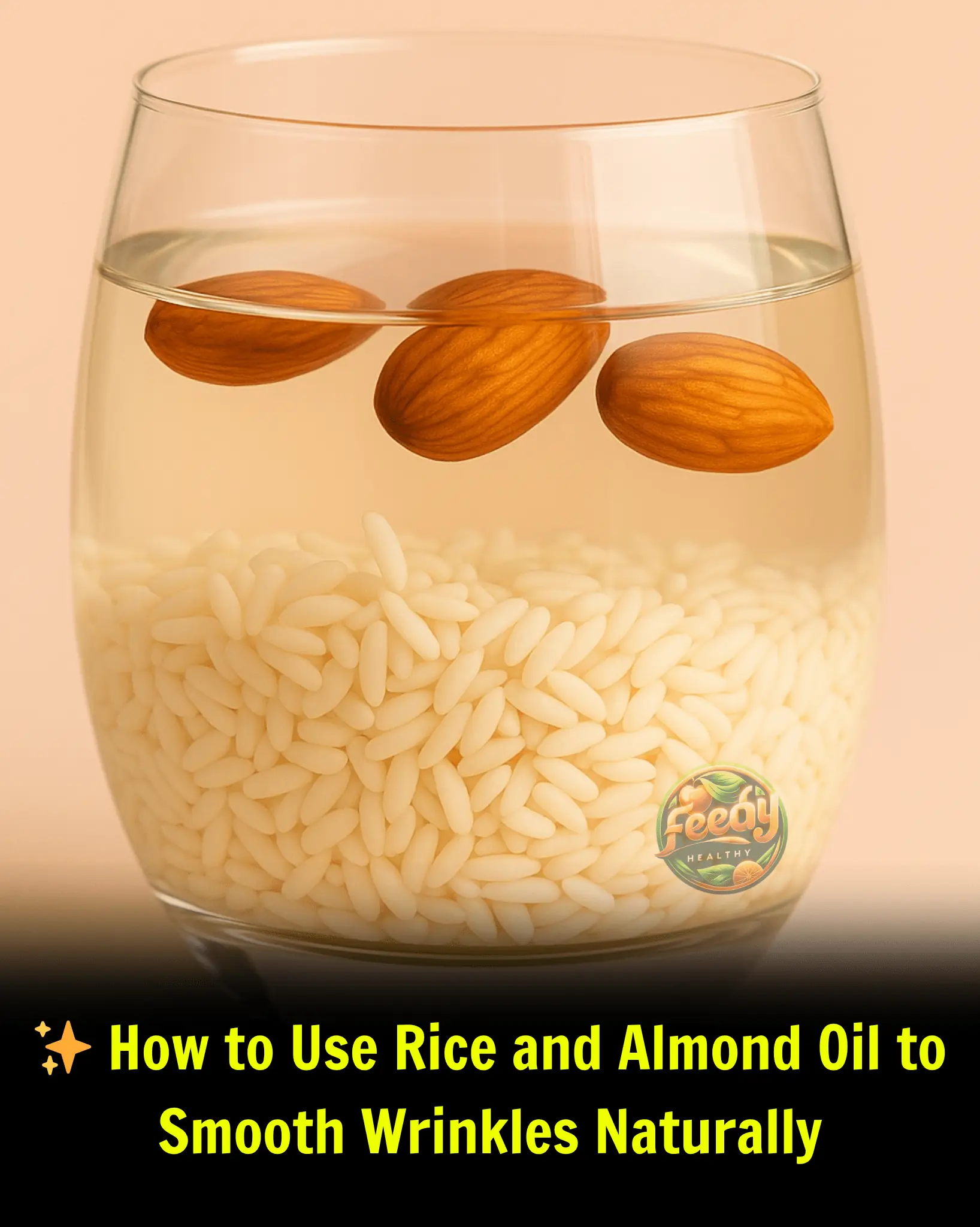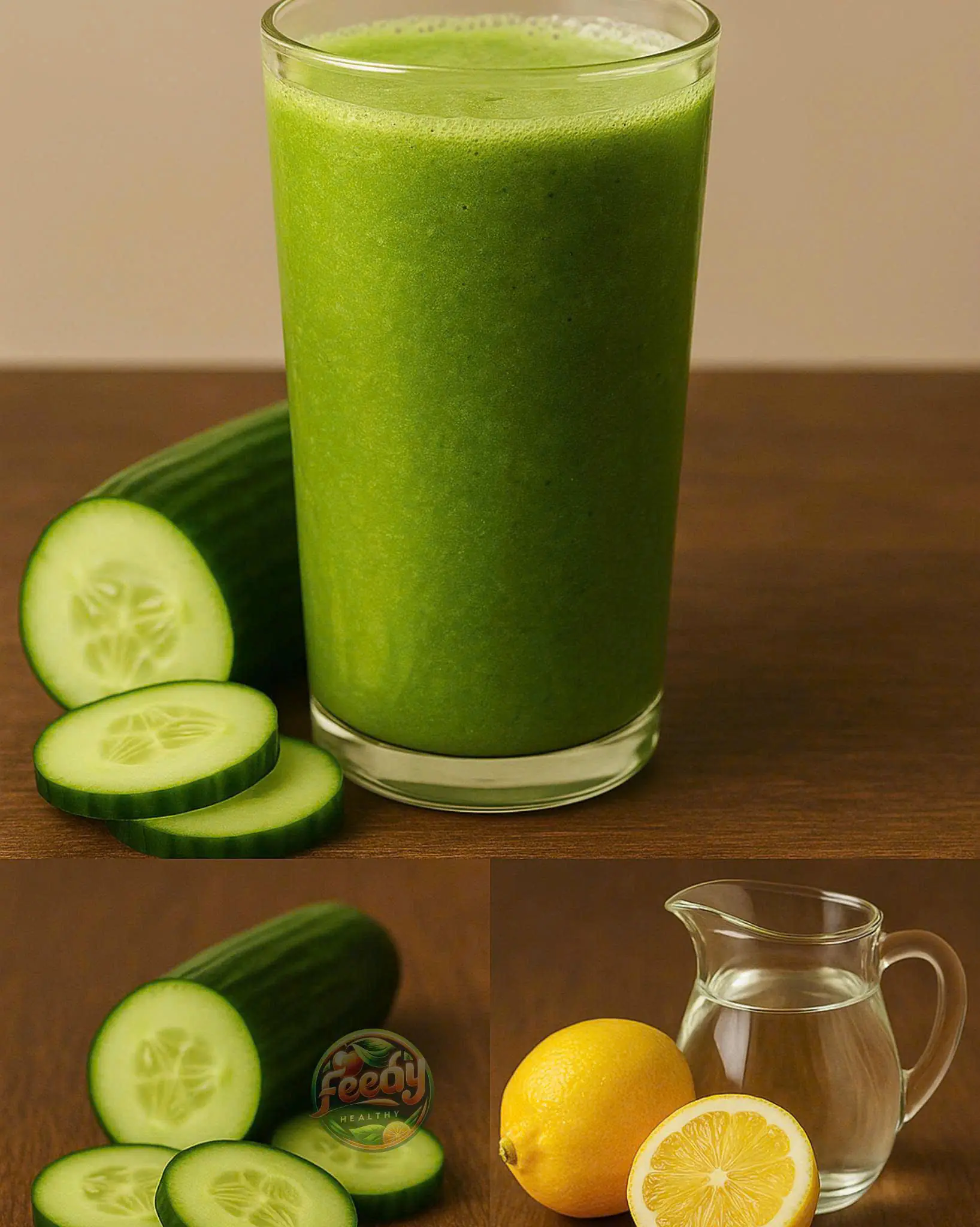
The Power of Parsley Tea: Natural Relief for Swelling in Legs, Ankles, and Feet

At first glance, parsley may seem like nothing more than a garnish on your plate. However, this humble herb actually holds incredible power when it comes to reducing swelling and preventing fluid retention in your legs, ankles, and feet. Rich in vitamins and minerals, especially potassium, parsley acts as a natural diuretic, helping to maintain fluid balance in the body. By incorporating parsley tea into your routine, you can find a natural and effective way to alleviate swelling and discomfort.
Benefits of Parsley Tea
Parsley is not only a delicious addition to your meals, but it also offers a range of health benefits. Packed with antioxidants and vitamins A, C, and K, this herb aids in flushing out excess fluid from the body, which in turn reduces swelling and bloating. The diuretic properties of parsley increase urine production, facilitating the elimination of excess salt and water. As a result, the pressure and swelling in your lower extremities can be relieved, providing you with much-needed relief.
How to Make Parsley Tea
Whether you opt for fresh parsley or dried parsley, making parsley tea is a simple process. Here’s what you’ll need:
Ingredients:
- A handful of fresh parsley (or 2 tablespoons of dried parsley)
- 1 quart (4 cups) of water
- Optional: Honey or lemon for taste
Instructions:
- Boil Water: Start by bringing the water to a boil in a pot.
- Add Parsley: Once the water is boiling, add the fresh or dried parsley to the pot. If you’re using fresh parsley, make sure to wash it thoroughly to remove any dirt or pesticides.
- Simmer: Reduce the heat and let the mixture simmer for about 5-10 minutes. Remember, the longer it simmers, the stronger the tea will become.
- Strain and Serve: Remove the pot from the heat and strain out the parsley from the water. Pour the tea into a cup.
- Flavor Enhancements: If desired, you can add a touch of honey or a squeeze of lemon to enhance the flavor of your parsley tea.
Tips for Consumption
To make the most out of parsley tea and reduce swelling effectively, here are a few tips to keep in mind:
Frequency: Aim to drink parsley tea once or twice a day. It’s best consumed in the morning or early afternoon to avoid nighttime trips to the bathroom due to its diuretic effect.
Freshness: Whenever possible, opt for fresh parsley to ensure you receive the maximum health benefits. However, if fresh parsley is unavailable, dried parsley can serve as a convenient alternative. Just be sure to check for freshness and quality.
Hydration: Although parsley tea acts as a diuretic, it’s important to stay hydrated throughout the day by drinking plenty of water.
Precautions
While parsley tea can be a beneficial natural remedy, it’s essential to exercise caution and consider certain precautions:
Medical Conditions: If you have kidney problems or are currently taking diuretic medications, it’s recommended to consult with a healthcare provider before incorporating parsley tea into your routine.
Pregnancy: Pregnant women should avoid consuming large amounts of parsley tea, as it can influence hormonal and fluid balance. It’s best to consult with a healthcare provider for guidance.
Medication Interference: Parsley can potentially interfere with certain medications, such as blood thinners and diuretics. Therefore, it’s crucial to seek professional advice if you are currently taking any medications.
Conclusion
Parsley tea serves as a natural and straightforward remedy for reducing swelling in the legs, ankles, and feet. By harnessing its diuretic properties, you can effectively manage fluid retention in your body. However, it’s important to remember that parsley tea should not replace medical treatment for underlying health issues. If you experience persistent or severe swelling, it’s always best to seek professional advice.
News in the same category


This is Why You Should Eat Flaxseed More Often

Soothe, Heal, and Protect with Every Spoonful

Unlocking the Power of Garlic, Cloves, and Honey: Your Natural Health Solution

Amazing! Get Rid of Varicose Veins – Just Put These Leaves Over and Wait! 🌿

Instantly Lowers Blood Sugar – Boil Fig Leaves and Drink the Liquid! 🍃💚

7 Amazing Benefits of Salt Water 🌊🧂

Rice Face Cream, Japanese Secret For Glowing & Flawless Skin

Brighten and Soften Skin with a Simple Vaseline and Lemon Mix

Detox Juice Recipe: Beetroot Juice for Body Cleanse and Liver Repair

Revitalize Your Health with This Age-Defying Juice Recipe

Just mix cloves with COFFEE and you no longer need to buy them at the market

Old Doctors’ Secret: Castor Oil and Epsom Salt for 20 Health Issues (Results in 24 Hours!)

The Benefits of Using Castor Oil Before Bed

97% of People DON’T KNOW! Chewing 2 Cloves Daily After 50 Can Even Get Rid of THIS… 🌿🔥

Unbelievable! 🤩 The Varicose Vein Killer – Red Onion Erases Varicose Veins Like an Eraser! 🚀✨

Unbelievable! Restore Eyesight by 100% with This Grandmother’s Powerful Recipe! 🥕🍊🍌✨

What Happens When You Start Eating Papaya Every Day?

Whiten Your Teeth in 2 Minutes – Home Remedy with Ginger & Salt
News Post

GINGER TEA

How to Use Rice and Almond Oil to Get Rid of Wrinkles

PLANTAIN: Take Advantage of Its Benefits and Learn How to Use It! 🌿

If You Suffer from Diabetes, High Blood Pressure, High Cholesterol, Inflammation, or Premature Aging — This Simple Homemade Remedy Could Change Your Life

Exploring the Amazing Benefits of Turmeric

10 DIY Beauty Ice cubes for Face, Glowing Skin

7 Persistent Minor Illnesses That Could Be Early Warning Signs of Cancer

Discover the Impact of Consuming Two Cloves Daily After 50: The Benefits of Cloves

This is Why You Should Eat Flaxseed More Often

Soothe, Heal, and Protect with Every Spoonful

Natural Liver Detox Tips

I’m Losing So Much Belly Fat Drinking This All Day! 🌿 My Big Belly Is Gone – Thanks to Ginger!

10 Detox Drinks for Clear Skin

Circus lion released after being locked up for 20 years

How To Properly Dispose of Ticks

10 Clues Your Body Might Be Giving You About Clogged Arteries

Warning signs of a heart attack?

8 powerful anti-cancer foods you should start including in your diet

Unlocking the Power of Garlic, Cloves, and Honey: Your Natural Health Solution
